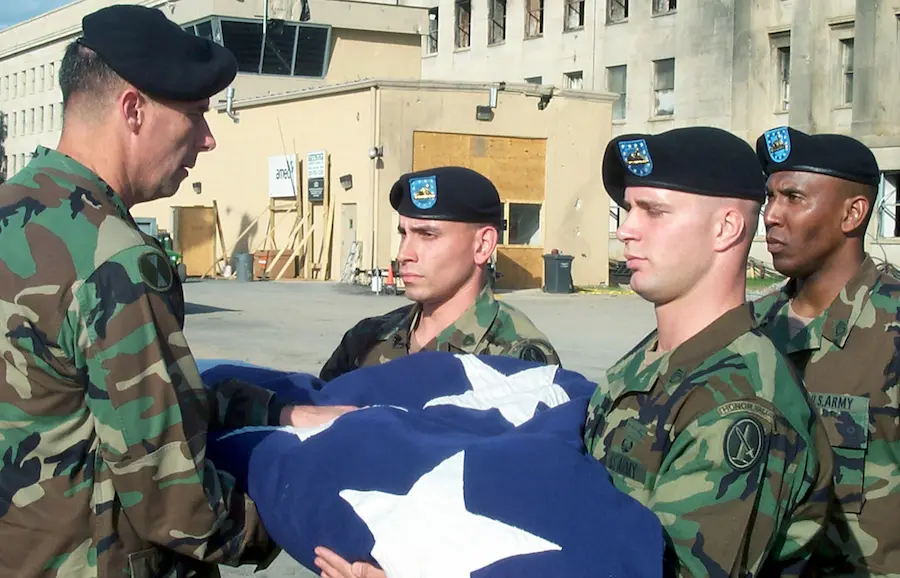
The dramatic events of Washington’s Capitol siege, the visuals that shocked the world (photo source - wikipedia)
Washington Under Siege – In a moment that stunned the world, the heart of American democracy found itself under siege not by foreign adversaries, but by its own armed forces. The visuals of U.S. troops storming the Capitol under presidential orders sent shockwaves through every corner of the globe. What unfolded was not just a political crisis, but a reckoning with the fragility of democratic institutions.
Table of Contents
The Flashpoint: A Command That Shattered Norms
The morning began like any other in Washington, D.C., until it didn’t. At approximately 9:00 AM, reports emerged that military units were mobilizing near the Capitol. Within hours, armoured vehicles rolled down Pennsylvania Avenue, and heavily armed troops surrounded the legislative complex. The orders, allegedly issued directly by President Donald Trump, were framed as a response to what he called “a constitutional emergency.”
Eyewitnesses described scenes reminiscent of wartime footage: helicopters circling overhead, barricades torn down, and soldiers advancing with precision. The Capitol, a symbol of American resilience, was transformed into a fortress under siege.
The justification? A disputed electoral process and claims of widespread fraud, claims that had been repeatedly dismissed by courts and election officials. Yet the narrative persisted, fuelled by online echo chambers and partisan media. The president’s directive, according to insiders, was intended to “restore order.” But to many, it felt like the unravelling of the republic.
The Visuals That Shook the World
As images and videos flooded social media, disbelief turned to outrage. One clip showed troops breaching the Capitol steps, their rifles raised, as lawmakers scrambled for safety. Another captured the eerie silence inside the rotunda, broken only by the echo of boots on marble.
International news outlets broadcast the footage with stunned commentary. “This is not the America we knew,” declared one anchor. The visuals became emblematic of a nation in crisis, its institutions under assault, its unity fractured.
Photographers captured haunting contrasts: the American flag fluttering above a line of tanks, protestors waving copies of the Constitution as soldiers marched past, and the statue of Freedom atop the Capitol dome silhouetted against smoke-filled skies.
These images weren’t just documentation, they were symbols. Symbols of a democracy tested, of a people divided, and of a moment that would be etched into history books for generations.
The Fallout: Legal, Political, and Moral Reckoning
The immediate aftermath was chaos. Congress was evacuated. Emergency sessions were held in undisclosed locations. The Supreme Court issued a rare public statement condemning the use of military force against civilian institutions.
Legal scholars debated the constitutionality of the president’s actions. Was this a coup attempt? A misuse of executive power? Or a tragic misinterpretation of authority? The 25th Amendment was invoked, and within days, Trump was removed from office by a bipartisan coalition.
But the damage was done. Trust in democratic processes plummeted. Protests erupted nationwide, demanding accountability and reform. Military leaders distanced themselves from the operation, claiming they were “following orders under duress.”
The Department of Justice launched a sweeping investigation. Several high-ranking officials resigned. The Capitol, once a beacon of governance, became a symbol of vulnerability.
Rebuilding Democracy: Lessons and Hope
In the weeks that followed, America began the arduous process of healing. Truth commissions were established. Civic education programs were expanded. And a renewed emphasis was placed on the separation of powers and the sanctity of democratic norms.
Grassroots movements flourished, calling for transparency, electoral reform, and safeguards against authoritarian overreach. The visuals of the siege became rallying cries not of despair, but of determination.
Artists painted murals of resistance. Writers penned essays on resilience. And citizens, shaken but resolute, recommitted themselves to the ideals enshrined in the Constitution.
The Capitol was eventually reopened, not just as a seat of government, but as a monument to the enduring spirit of democracy. Its scars remained, but so did its strength.
Final Thoughts
The storming of the U.S. Capitol by American troops under presidential orders marked one of the darkest chapters in modern history. But it also ignited a national awakening. In the face of authoritarianism, the people stood firm. In the shadow of crisis, democracy found its voice.
History will remember the visuals. But more importantly, it will remember the response, the courage to confront, the will to rebuild, and the unwavering belief that even in its most fragile moments, democracy is worth defending.
Also read – Capital Under Command: Trump’s National Guard Deployment Sparks Debate in D.C.